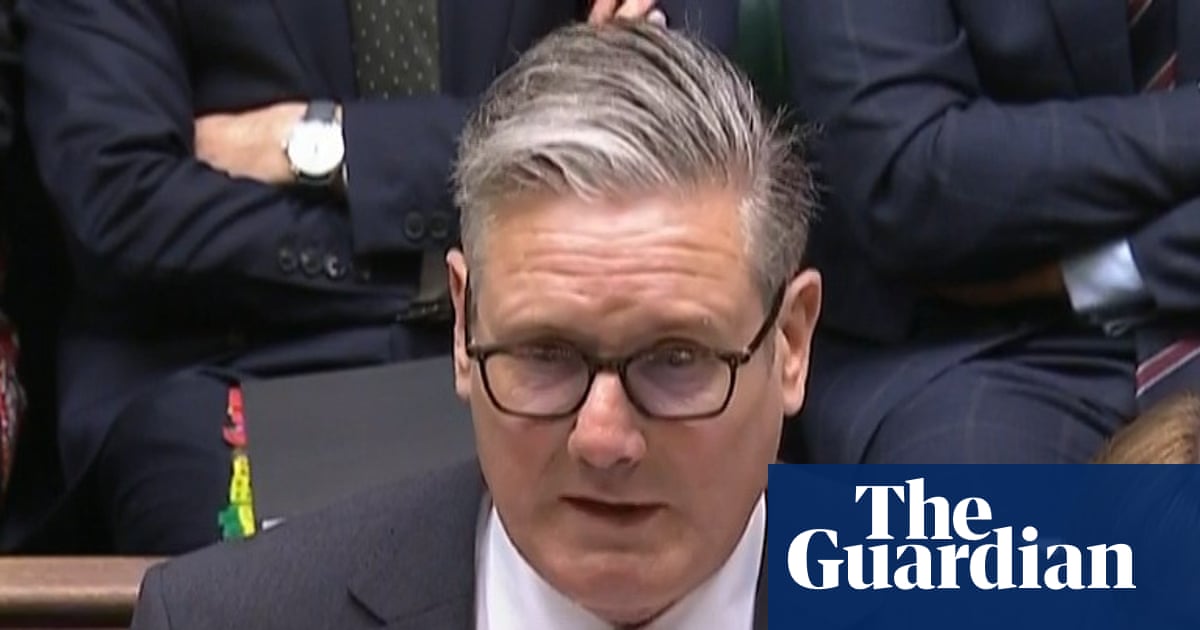Financial markets picked up the clear message when Donald Trump cut short his stay at the G7 summit in the Canadian Rockies this week. Despite calls from fellow western leaders to de-escalate the crisis, the president’s early return to the White House was taken as a sign that the US is considering joining Israel in its military action against Iran. Trump says he wants Iran’s unconditional surrender.
This is where modern summitry came in half a century ago. In 1975, the first meeting of what eventually became the G7 was convened at Rambouillet in France in an attempt to work out a joint response to the oil shock that accompanied the Yom Kippur war between Israel and its neighbours.
Back then, the impact of higher crude prices was immediate and brutal. The cost of crude rose fourfold in a matter of months and killed off the post-second world war boom, leading first to higher inflation and then to recession. A second dose of stagflation arrived a few years later when the Iran-Iraq war led to a further doubling of oil prices. Iraq’s invasion of Kuwait in 1990 again led to higher oil prices and weaker activity. History suggests the Middle East can cause all sorts of problems for the global economy.
The response to the latest conflict has been much more muted. Oil prices have risen by about $10 a barrel but that will give only a modest upward jolt to inflation and certainly nothing to compare with the shocks of the 1970s, 1980s and 1990s. At least so far. The region has form and given the risks, the financial markets are taking a remarkably sanguine view of events, even though there are reasons for a moderate degree of optimism.
The first oil shock of the mid-1970s was triggered by an embargo orchestrated by Opec, a producers’ cartel that is less able to affect crude prices than it was half a century ago. Some countries – the US in particular – are much less dependent on imported oil than they once were. Wind and solar power provide alternatives to fossil fuels. The war between Israel and Hamas in Gaza has been raging for almost two years, with only a small and short-lived impact on oil prices.
All that said, it is less than three years since Russia’s invasion of Ukraine led to a surge in global oil and gas prices, contributing to a cost of living crisis that is only just abating. The latest UK inflation figures released on Wednesday showed the annual increase in prices at 3.4% – well down on the recent 10.9% peak but still above the Bank of England’s 2% target.
The comparison between the start of the Russia-Ukraine war in 2022 and Israel’s attacks in the past week is not exact. Russia accounts for 17% of global gas production, while Iran is responsible for just 4% of oil production and China is the biggest customer for its crude exports. That helps explain why the financial markets have been relatively relaxed, with the $10 a barrel boost to oil prices reflecting a sense that the conflict will be contained.
The US’s potential involvement raises the stakes. One possibility is that the deployment of US military firepower will quickly overcome Iran’s resistance and lead to regime change in Tehran. Another is that Iran will retaliate by seeking to close the strait of Hormuz, a narrow passage through which 20% of the world’s oil passes daily. That would send the price of oil rocketing from its current $75 a barrel to well over $100 a barrel. The shock would be more severe and longer lasting were Russia and China to get dragged into the conflict.
The markets are betting that none of this happens. Oil prices are at their current level because dealers think Iran has had its military capability depleted by Israel’s attacks, that Iran would damage its own economy by seeking to close the strait of Hormuz, and that Russia and China will be wary of becoming involved.
Things may indeed pan out this way, but the call by the non-US members of the G7 for a de-escalation of the crisis highlights the real risk that it might not. Western economies are still feeling the effects of the Covid-19 pandemic, higher energy prices and a cost of living crisis, and could well do without another setback. Petrol prices are already set to rise, the first evidence of higher inflation and a fresh squeeze on disposable incomes. It goes without saying that it would be better for the global economy to avoid yet another Middle East oil shock.
But if the financial markets have called it wrong and oil prices do start to spiral upwards, it is important that policymakers don’t panic. Higher energy prices are initially inflationary but are then deflationary because they add to business costs and leave consumers with less money to spend. Central banks should resist the temptation to respond by raising interest rates because that would only add to the risks of recession and higher unemployment. Likewise, finance ministers should avoid raising taxes or cutting spending if weaker activity pushes the public finances deeper into the red.
In the longer term, countries like the UK need to make themselves self-sufficient in renewable energy and thus reduce their exposure to the Middle East’s fossil fuels. The lesson to be drawn from the damage caused by the repeated oil shocks since the 1970s is that we have been here before and it doesn’t end well.
-
Larry Elliott is a Guardian columnist
-
Do you have an opinion on the issues raised in this article? If you would like to submit a response of up to 300 words by email to be considered for publication in our letters section, please click here.

 2 months ago
49
2 months ago
49

















































